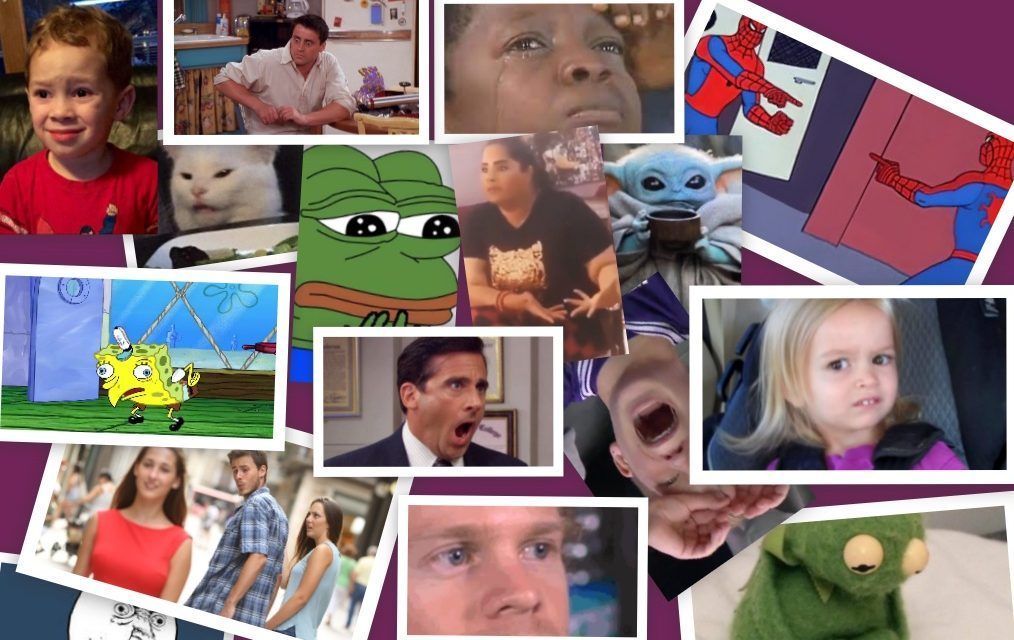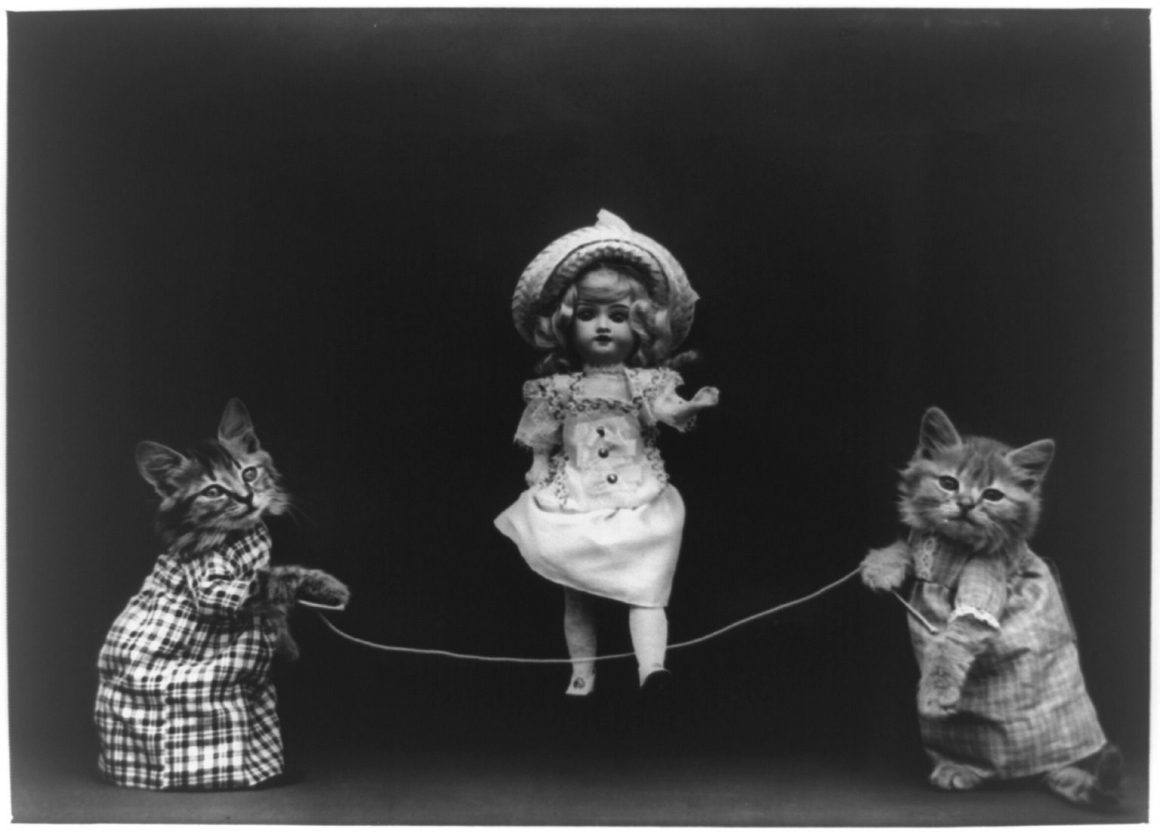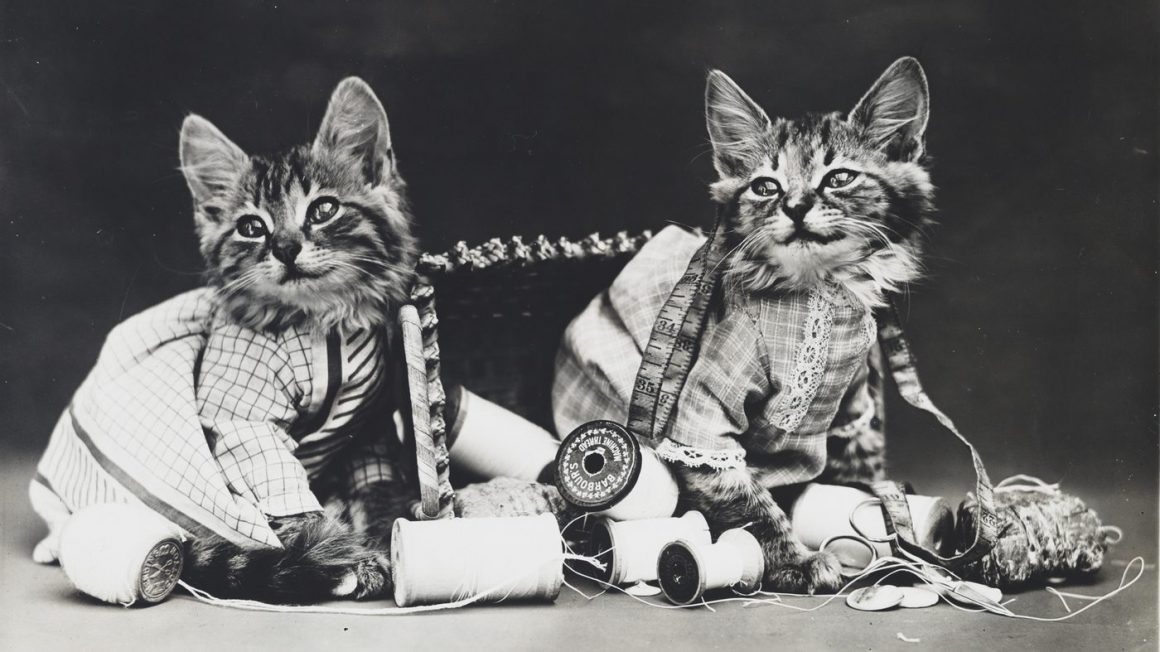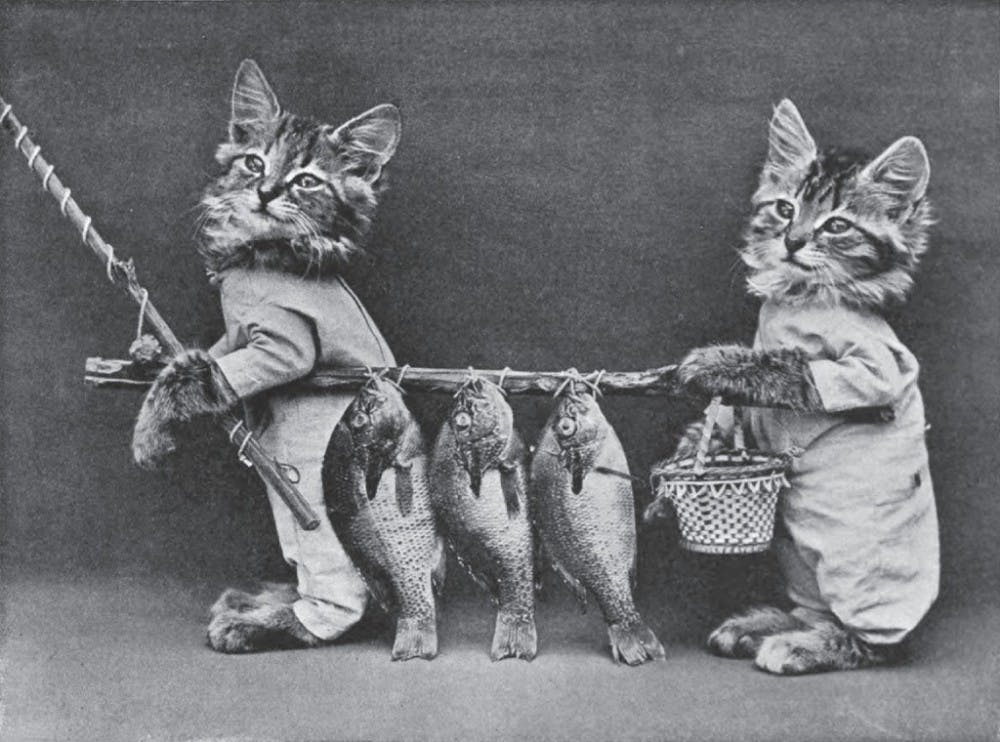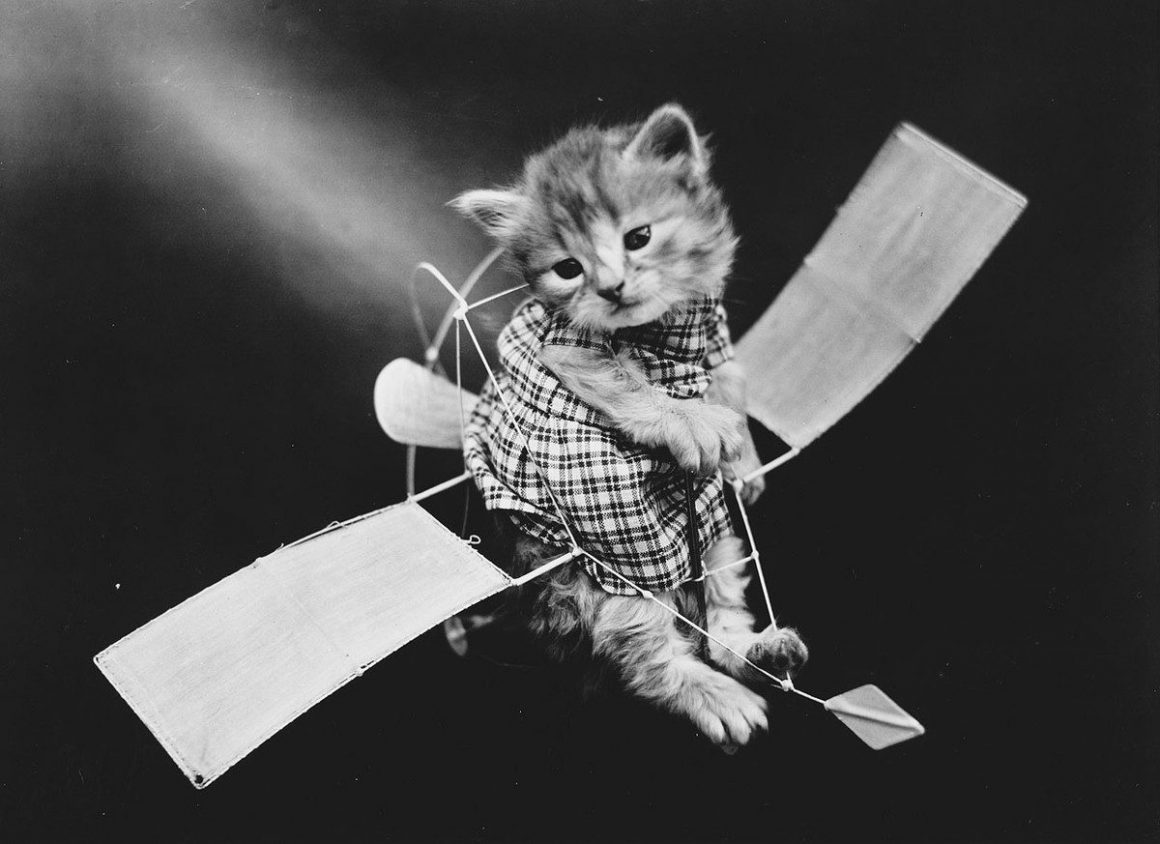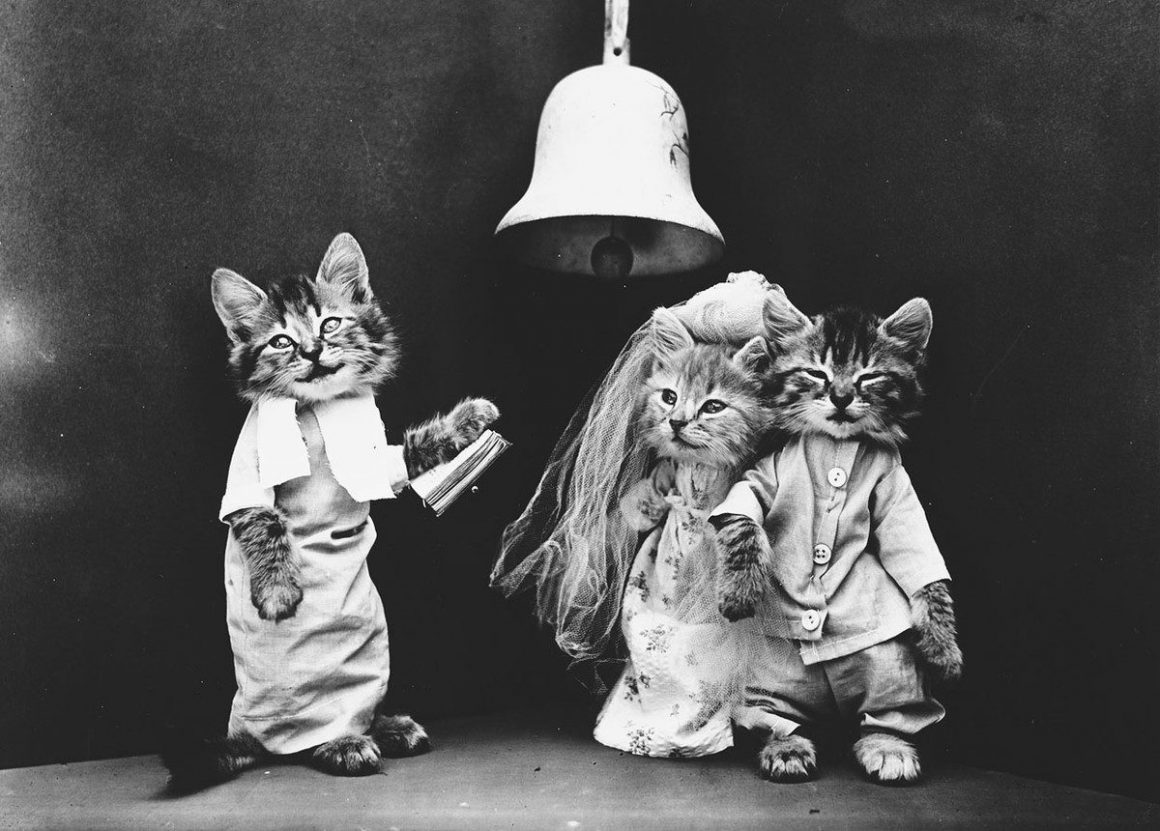From Pepe the frog to the the Suez Canal, memes have developed over the past decade to become an integral part of our daily conversations.
You probably use them as a conversation starter, a sarcastic response to WhatsApp messages or even to express a political point of view on Twitter this morning. That’s the great thing about memes – they can answer questions, explain complex issues and can break the ice with strangers around the world.
Though fairly “new”, memes have become an integral part of our lives and have added value to our daily conversations. For many, they have even become a key area of study for academics in various fields, from philosophy, communications to anthropologists.
But when how and why did memes become a critical area of research?
For Dr. Bradley E. Wiggins, Associate Professor and Department Head of Media Communications at Webster Vienna Private University, the fascination with memes began when a video titled “Leave Britney Alone” surfaced all over the internet.
The video was uploaded to YouTube on 10 September 2007 and, within 24 hours, it had gained over 2 million views. This spike in popularity prompted Dr. Wiggins to dive into articles to understand just how and why it became so viral.
“The anatomy of it [the video] was dissected and analysed in terms of why people were responding to the video with a mocking stance, its tone, but you also see a participatory nature in other aspects of digital culture, such as fan-fiction,” he said.
While Dr. Wiggins – also the author of “The Discursive Power of Memes in Digital Culture: Ideology, Semiotics, and Intertextuality” – was unable to pinpoint the exact date of the emergence of memes, he believes human desire for humour may have been one of the reasons why they became a staple communication tool.
“On the one hand, you have a very established, reliable line of research into various types of humour and that’s definitely a part of it, but not the whole part,” Dr. Wiggins told Doha News.
In fact, the presence of memes was so impactful that it became an area of study for academics looking into Occupy Wall Street Movement, when demonstrators in 2011 took to Zuccotti Park in the United States to protest the variety of injustices following the economic collapse in 2008.
“What was memetic about that movement is that it was youthful, it was edgy, it was a time to challenge the status quo, but it was also well before virality,” he said.
This was also the case at the height of the US presidential elections in 2016, when former President Donald Trump became a prominent ‘meme face’ online.
“There was a real sense in 2016 when he was elected, among Redditors and 4chan, that they literally elected a meme as president. And that slowly trickled down into research culture,” said Dr. Wiggins.
Pre-digital memetic era
Despite popular belief, memes have been around even before YouTube and technology became a vital resource for the masses.
Images have long been used as a tool of communication, stemming back as far as ancient times when stone engravings were commonly used across several communities, such as the Pharaoh’s of Egypt.
Even in the 1920’s, Dadaism emerged in Switzerland as an artistic and literary movement that was created as a response to the first World War. It offered illustrations that provided a sense of mockery to the political, social and economic situation at the time.
This has also spread to artists beyond the borders of Switzerland, such as Berlin, Hanover, Paris and New York, quickly becoming among the most influential movements in modern art.
“The expression in dadaism was a disillusionment with the real world, world war, even capitalism. My argument is that there is at least a conceptual linkage between that and what we’re seeing with memes,” said Dr. Wiggins.

The Second World War witnessed a similar movement known as “Kilroy Was Here”, named after a message that was left behind by American troops on random walls and ships. The message was accompanied with a drawing of a long-nosed, bald figure peeking over a fence.
Although the real Kilroy was never found, the old meme was used for soldiers to reassure one another that they were not alone during the war.
“It was something that soldiers did in trenches as kind of an inside joke, maybe to share experience or relieve the tension, but I would argue that it had the same function as what we are doing with memes today,” said Dr. Wiggins.
Way before photoshop, animal photographer Harry Whittier Frees had is own set of memes. He was known in the first half of the 20th century for his photography of animals in human-like situations, which spread all over postcards during his time.
A genre of communication
The term “meme” stems from “memetics”, which was coined by British evolutionary biologist Richard Dawkins in 1976 in his book “The Selfish Gene”. The book focused on gene-centric evolution, by perceiving the “meme” as a cultural unit, an idea, that continuously reproduced itself for adaptation.
And while it has a link to the cultural transmission theory, which is a set of attitudes and beliefs that are passed onto individuals, Dr. Wiggins believes that memes, with their internet definition, are not a unit of communication, but rather a genre.
“I don’t view memes themselves as a medium, but rather a genre of communication…I think memes offer an alternative of interpretation or expressing something that we want to express and can’t find a way to do so,” said Dr. Wiggins.
Memes constantly change and develop depending on the latest social trends or global events, with previous ones re-emerging occasionally in online conversations.
In his article “Memes as genre: A structurational analysis of the memescape”, Dr.Wiggins says that the genre itself does not change but rather adjusts to the changing circumstances surrounding them. He also described memes as “artefacts of participatory digital culture”.
From a more broad perspective, memes maintain their value in communication as long as people continue sharing them. Their importance is also dependent on how visible they are on platforms and websites, such as “knowyourmeme.com” and the many other generators online that provide consumers with access to the images.
However, this has extended beyond chat rooms and more into people’s pockets, with creators now able to monetise memes on the internet via several avenues, chief of which is selling through merchandise.

Earlier this year, when Bernie Sanders showed up to US President Joe Biden’s inauguration wearing parka and mittens, the American politician became an internet sensation overnight.
Sanders himself noticed the hype and went on to generate up to $1.8 million by turning the meme into merchandise, later donating the money to Vermont-based charities.
Nowadays, Memes can also be sold as a Non-Fungible Tokens [NFT] for millions of dollars. NFT’s represent a unique digital objects, such as memes, videos and images, that are bought using cryptocurrency.
A recent example is Zoë Roth, better known as “disaster girl”. Roth’s life changed when she was pictured at the age of four while smirking in front of a burning house. The image went viral when Dave Roth, her father, used the image to enter a photo contest in 2007.
As the subject of the image, Roth sold the original copy of the photo as an NFT for at least $500,000, saying that it was her way of gaining control over the content.
As technology continues to adapt and update, so too have the ways in which users share and consume memes. Now, the fun and expressive tools of engagement can be turned into WhatsApp stickers that allow for quick and easy responses in chats.
“It’s [memes] something that’s developing in very interesting ways…I would say the more active a person is on social media, the higher it is that their communication is memetic outside,” said Dr. Wiggins.
Covid-19 and memes
As part of his upcoming research, Dr. Wiggins dives into Covid-19 era memes and their ability to serve as an educational tool with the power to sum up global events.
At the beginning of the outbreak, much of the world was left in a state of confusion. Naturally, this vacuum was soon filled with memes which offered an outlet and played a crucial role as a coping mechanism for those unable to comprehend the magnitude of the pandemic.
For others, memes were used as satire to mock conspiracy theorists and those who opposed wearing a mask.
In his research, Dr. Wiggins came across a Facebook group called “Zoom memes for self quaranteens, in which people shared content to cope with the sudden need for all college students to begin remote learning.
During the time of panic and spread of news denying the presence of the pandemic, the students were able to continue to share memes about the outbreak.
“I’ve never seen so far in the sample questioning science. So maybe we can view memes as educational. It seems that it is developing in that direction,” said Dr. Wiggins.
In some cases, memes can even deliver major global news events to the masses, helping disseminate important information to educate and raise awareness.
Dr. Wiggins believes that the use of memes to address global issues also turn them into a measure of “micro-activism”.
“It’s kind of like you realise that you cannot do anything about the reality, but can meme about it.”
More memes than words
While it remains unclear if memes would one day replace the written word, they remain a key communication tool. However, one concern that Dr. Wiggins raised is the presence of reality apathy among individuals.
“I think one of the aspects of the millennial generation is the fear of direct, immediate contact…I think we’re meme-ing too much, we’re not talking enough, I don’t know if research is looking into that,” he said.
When asked about the extent to which the research on memes is complete, Dr. Wiggins believes that it is still an area of discovery and it remains a key topic of research among experts.
“I am continually fascinated by interview requests because there’s a reality that acknowledges these things are important and you get so caught up in the research aspect and forget that [memes] have an importance to others.”
Follow Doha News on Twitter, Instagram, Facebook and Youtube

